Best Supraspinatus Tendinitis Treatment in Gurugram

Supraspinatus tendinitis, also known as rotator cuff tendinitis, is a condition that causes shoulder pain, stiffness, and reduced mobility due to inflammation of the supraspinatus tendon. It commonly occurs due to repetitive overhead movements, muscle imbalances, poor posture, or excessive strain. Athletes, manual workers, and individuals with poor ergonomics are more prone to this condition. If left untreated, it can lead to chronic pain, weakness, and limited shoulder function, making simple movements like lifting and reaching difficult.
At Painflame, we offer specialized, non-surgical supraspinatus tendinitis treatment in Gurugram to provide long-term relief. Our chiropractic care, physiotherapy, manual therapy, and posture correction work to reduce inflammation, restore mobility, and strengthen the rotator cuff. By addressing muscle imbalances and joint restrictions, we help prevent recurring pain and improve shoulder function.
Early intervention is essential to prevent chronic pain and mobility issues. Strengthening shoulder muscles, improving flexibility, and making ergonomic adjustments can relieve strain on the supraspinatus tendon. With the right treatment, you can restore full range of motion, improve daily function, and prevent future discomfort.
Common Causes of Supraspinatus Tendinitis
Repetitive Shoulder Movements
Overhead activities like lifting, swimming, tennis, and throwing sports put strain on the supraspinatus tendon, leading to inflammation and micro-tears over time.
Poor Posture & Shoulder Misalignment
Hunching, rounded shoulders, or incorrect movement patterns cause uneven stress on the rotator cuff, leading to irritation and pain.
Aging & Degeneration
As we age, the tendons lose elasticity, making them more prone to wear and tear. This natural degeneration increases the risk of supraspinatus tendinitis.
Weak Shoulder Muscles
A lack of strength in the rotator cuff muscles forces the tendon to work harder, increasing the risk of inflammation, impingement, and shoulder dysfunction.
Supraspinatus Tendinitis Symptoms
Mild shoulder pain may improve with rest, but persistent or worsening symptoms may indicate tendon damage. Seek professional care if you experience.
Common Symptoms of Supraspinatus Tendinitis
- Pain in the front or side of the shoulder that worsens with movement.
- Weakness or difficulty lifting your arm above shoulder height.
- Clicking or popping sounds when moving the shoulder.
- Pain that radiates down the arm or worsens at night.
Serious Symptoms That Require Immediate Attention
- Sudden severe pain and loss of shoulder mobility.
- Swelling, redness, or warmth around the joint.
- Shoulder pain that persists despite rest and home treatments.


Effective Supraspinatus Tendinitis Treatment at Painflame
At Painflame, we offer evidence-based, non-surgical treatments to relieve pain, improve mobility, and restore shoulder function. Our experts create customized treatment plans tailored to your pain level, mobility issues, and lifestyle.
Our Supraspinatus Tendinitis Treatment Methods
- Chiropractic Adjustments – Corrects shoulder misalignment and relieves tension in surrounding muscles.
- Physiotherapy & Strengthening Exercises – Improves shoulder stability, flexibility, and strength to prevent future injuries.
- Manual Therapy & Soft Tissue Release – Reduces muscle stiffness, improves circulation, and relieves inflammation.
- Postural Correction & Ergonomic Training – Teaches proper shoulder positioning to avoid repetitive strain and pain.
- Pain Management Techniques – Drug-free approaches like ice therapy, heat therapy, and stretching routines for lasting relief.
Our specialists ensure safe, effective recovery by targeting the root cause of supraspinatus tendinitis. Book a consultation today and start your journey toward pain-free shoulder movement.
How to Prevent Supraspinatus Tendinitis
Preventing supraspinatus tendinitis requires good posture, regular exercise, and proper movement techniques. Follow these expert tips to protect your shoulders.
Warm Up & Stretch Before Activity
Prepare your muscles and tendons before exercise or sports to prevent strain.
Strengthen Your Shoulder Muscles
Perform rotator cuff strengthening exercises to improve stability and reduce stress on the tendon.
Maintain Proper Posture
Keep your shoulders relaxed and back straight to avoid unnecessary strain.
Modify Repetitive Movements
Avoid overuse by limiting repetitive overhead motions and taking regular breaks.

Frequently Asked Questions
What causes supraspinatus tendinitis?
Supraspinatus tendinitis is caused by overuse, repetitive shoulder movements, poor posture, muscle imbalances, or age-related degeneration of the tendon.
How do I know if I have supraspinatus tendinitis?
Common symptoms include shoulder pain, weakness, difficulty lifting the arm, clicking sounds, and pain that worsens at night or with movement.
Can supraspinatus tendinitis heal on its own?
Mild cases may improve with rest, ice therapy, and stretching, but persistent pain requires professional treatment like physiotherapy, manual therapy, or chiropractic care.
What are the best treatments for supraspinatus tendinitis?
Chiropractic adjustments, physiotherapy, manual therapy, and posture correction help reduce pain, restore mobility, and prevent future injuries.
How long does it take to recover from supraspinatus tendinitis?
Recovery time varies based on severity, but with proper treatment, most patients see improvement within 4–8 weeks. Severe cases may take longer with rehabilitation.

